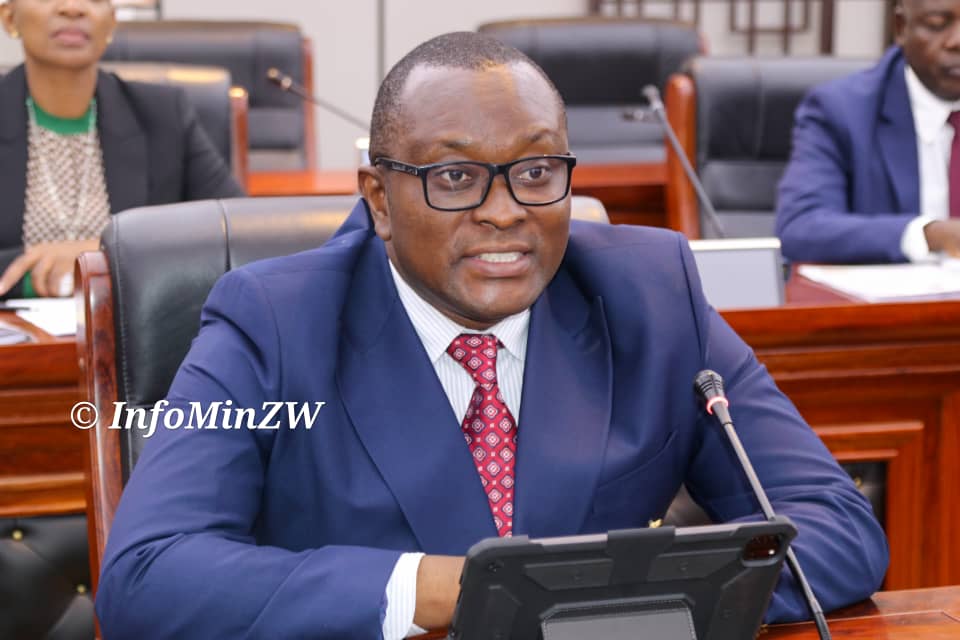Harare, (New Ziana) – The country registered significant successes on most projects during the implementation of the National Development Strategy (NDS1) using domestic resources, a Cabinet Minister has said.
Notable infrastructure projects completed under NDS1 include the Trabablas Interchange, the Robert Gabriel Mugabe International Airport expansion, the Hwange Units 7 and 8, which added 700 megawatts to the national grid, as well as extensive road rehabilitation under the Emergency Road Rehabilitation Programme I and II, covering both urban and rural areas.
The National Development Strategy 1 (NDS1), which began in 2021, will conclude in December 2025.
In a weekly post-Cabinet briefing, Information, Publicity and Broadcasting Services Minister Dr Jenfan Muswere said capacity utilisation in the manufacturing sector increased, and agricultural productivity recorded phenomenal increases over the period.
He said the objectives of NDS2 will be realized through 10 identified National Priority Areas transcending all sectors of the economy.
These are macro-economic stability and financial sector deepening; inclusive economic growth and structural transformation; infrastructural development and housing; food security, climate and environment; science, technology, innovation, digital and human capital development.
Some of the priorities are job creation; youth development, sport, creative industry and culture; regional development and industry through devolution and decentralisation; social development, gender and social protection; image building, international relations and trade; governance, institution building, peace and security.
“The Priority Areas are premised on the Whole-of-Government and Society Approach and shall be coordinated through Thematic Working Groups encompassing ministries, departments, agencies, local authorities, and the private sector,” Dr Muswere said.
NDS2 priorities will be a significant step in Zimbabwe’s journey towards sustainable development and the realization of its vision to become an upper middle-income society by 2030.
New Ziana



